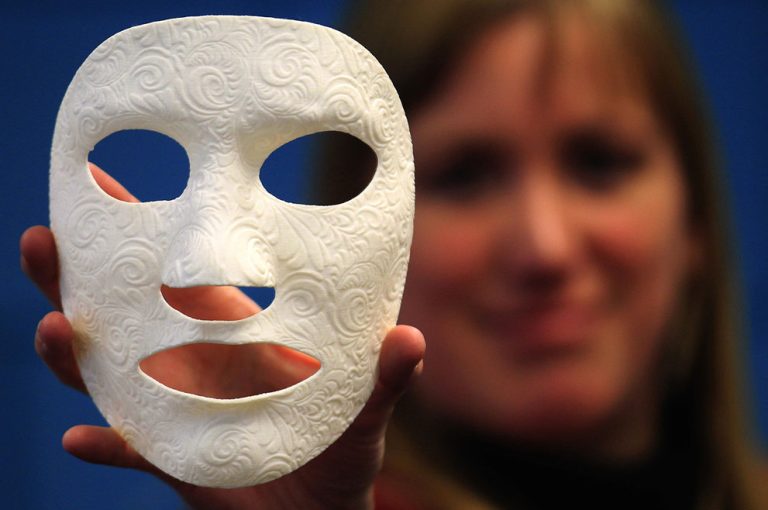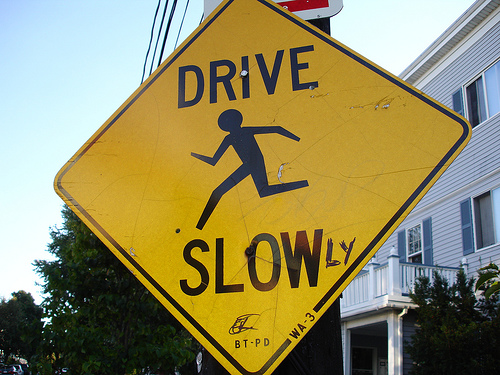Creating Not Good but Great Characters
Since this blog is dedicated to help writers get to the heart of their stories, there is nothing more important than character, for your protagonist is at the heart of the story. I don’t want to get into the nuts and bolts of developing characters. There are plenty of online websites and blogs that have lessons in coming up with characters and how to make them seem real and not like wood posts. What I do want to explore, though, is a deeper and more personal approach to developing the characters in your novel.
I’ve heard various authors speak and teach on how to come up with characters for your novel. Some flip through magazines and cut out pictures, then paste them onto a sheet of paper and write up a bio. Others use tools such as the Myers-Briggs personality chart to create character profiles. Some think of actors they like and just plug them in as characters in their novel. My feeling is if that works for you, then great. There isn’t one surefire way to create a great character. But I’d like to share some thoughts I have on the topic, now that I’ve written twelve novels and they’re all “character-driven.”
Writer, Know Thyself
I believe that if we tap into the things we love and hate about characters and their traits, we’re really telling a lot about ourselves. Some interviewers have asked me if I “put myself” into my novels. There’s a reason that’s a common question–we write about what we know. And for the most part we know ourselves. We know what we like about people and what we don’t like. And most psychologists will tell you that those are the very things we like and dislike about ourselves. I would say “Author, know thyself.” When we get honest with ourselves about our shortcomings as well as good qualities, we find a rich mix of character within us. People are complex and sometimes contradictory. I am full of surprises–I even surprise myself at times. Writers sometimes feel they must create a character that is wholly predictable and consistent, but we’re not really like that. And characters like that in novels are flat. Don’t be afraid to make your character contrary.
People change all the time. Maybe not their core beliefs, but their opinions and attitudes may waver from moment to moment based on the mood, who’s influencing them at the time, whether they skipped lunch or missed their daily dose of coffee. One day I may think cats are awful, and the next day, after meeting Rex with the best purr and sweetest demeanor, I’ve become a cat lover.
Spend Some Time to Bring Characters to Life
I know I’m a picky editor and reader. It takes a lot for you to get me to love your characters. It takes a lot for you to get me to believe they’re real, three-dimensional, deep, complex. That’s what I yearn for when I read a novel–great characters. It’s as if I thirst for them, and if the pages flip by and I’m just not engaged by the characters (even if the plot is fantastic), I tend to give up. I often give up reading a novel by page two. I’ve done it a lot, and it’s almost always after reading the first few paragraphs in the character’s POV and finding they are flat, stereotypical, boring, predictable, and often just plain unlikeable.
I talked in earlier posts how to get your reader to care about your protagonist right away by showing a glimpse of greatness and by revealing their core need and visible goal. That’s all well and good (and needed). But a first scene does not a whole novel make. Before you even start that first scene, I would suggest–no, urge–you to spend some lengthy time working on your characters. Readers want to love (and hate) the characters in your novel, so it is vital you take the time in advance to bring them to life. If you’ve already written your novel and your test readers are telling you your characters are flat, stereotypic, or don’t interest them, then maybe some of these techniques and approaches I’m going to present will help. Stay tuned for next week’s continuation.
This week, keep in mind I’m going to give you some ideas and suggestions that work for me that I feel are powerful and help create really real characters. But in the meantime, think of a few great characters in novels you’ve read lately. Think about why you think they’re great. If you want to do some hard work that you’ll benefit from, go through a novel with great characters and either underline (if you don’t mind desecrating books–I do it all the time!) or jot down on paper or in a document lines that reveal a character’s different qualities, beliefs, feelings, traits. Study how these descriptions have formed a rich picture of who this person is and why they seem so real to you. The more real a character is to the reader, the more emotion that character can evoke.












This is great timing! I’m working on the second draft of a novel and the female heroine is one of the main issues. Looking forward to your posts!
I’m also in a rewrite of my debut novel; and working on my characters, so this is wonderful to read today – I’ll be looking forward to your next post on this as well; thank you! 🙂
Be sure to check out the earlier posts on the initial reveal of your character and the things you need to keep in mind when introducing your protagonist. I will have a number of posts to follow on deepening your characters–especially your antagonists and secondary characters!
This is a tough one for me. I agree, writers must draw us in to the story immediately, make us care about the protagonist. I want to feel something right away, question what’s going on or what has happened to make this character react. But, tossing a book out after the first paragraph or two just because I’m not “feeling the love” isn’t something I do.
One of my favorite books in life, a book I read every year for pure enjoyment, did not reach out and grab me until page 100. Readers are different. Some are willing to give books more of a chance, and that’s good because you may be losing out on one of the great books of your life.
Certainly, I’ve tossed a book after the third chapter if I feel nothing for the protagonist and/or the story isn’t pulling me in. But I do believe you must read a little beyond the first or second page. As much as writers are preached at to get that inciting incident on the first page, screw the backstory, and make your reader fall in love with your main character … it sometimes doesn’t happen until page three. Or ten. But it happens, and when it does you’re hooked!
If a book interests you enough to pull it off the shelf, or download on your Kindle, then give it a chance. Yes, we hunger for unforgettable characters. We crave them. And if the book consists of great writing and easy reading, then give the writer a chance. You never know what treasures you may find.
Pam, I’m with you. I do agree of course with having characters that have depth, not flat, and ones that are very specific. But, I, too am a patient reader. The quality of the writing–so many things–pull me and hold me in the story. Anything formulaic turns me off. Surprise me, amaze me, make me pay attention, morsel by morsel.
I’m on my third novel and I can tell ya, I had to learn this lesson the hard way. When you start writing your firs novel you don’t realize how much you have to get into their head. It’s not always easy to do so but if you know that character as if it’s you, your friend, your mother or your brother. When you think like they would think, walk in their shoes and splash through some mud puddles for awhile, then you truly understand there motivation for every little thing they do.
I love this stuff and I so need it! I love them and they mean so much to me! Even the horrible b***** in my story is probably my favorite — probably because she is still part of me in spite of her disgusting-ness. 🙂
To me the characters emerge as semi-real ones as I depict people who I know or have explored. Then at certain point I enter the scene with outpourings of my sub-conscious thoughts.
It turns out to be a world of fantasy so that the readers can roam around in that world while forgetting their own.
This is what I feel.
Thanks for initiating the topic for discussions. It has offered me an opportunity to look at myself and my creations with an objective approach.
Fantastic advice as usual!
As an unpublished novice may I just say, ladies, that C.S. has set us up with an excellent preparation for her coming revelations. This taster is itself a lesson in enticing readers to sit up & beg for more. Now to the homework; ‘spend time with my characters,’ until we meet next week.
Great point. I also stop reading a book when characters are underdeveloped…which is why I toil over my own. On the flip side, I just finished a book that had a weak plot, but the characters kept me reading.
This comment gives me heart. I wrote a novel a newspaper editor said had a weak plot. I intend to re-write it and strengthen the characters, particularly the main protagonist’s, and propose it again.
I think the best technique is to analyse people in general whilst looking for key personality traits. Then extract a few from several different people and mix them up. However, one thing to remember is the traits all have to compliment each other. You can’t have an aggressive misanthropic who is very warm and welcoming.
I agree – it is characters that give life to a story
Your blog hits home to all of us. Great points you make. I personally use a character scetch for each, no matter how large or small the part they play in the story. I also maintain three rules about characters:
1- Characters must have flaws and frailties, (even if they are well hidden).
2-Characters must be empathetic. “Sympathetic” implies that the reader must commiserate with the character. If written correctly, readers should be able to understand the motivation and frailties which drive each character even if they are repulsed by that character’s actions. (see #1).
3-Characters must have room to evolve, (whether toward good or evil).
Granted it is often difficult to fashion characters that meet the criteria, but the efforts always pay big dividends.
Thank you for stimulating the conversation.
Thanks, Doug. Upcoming posts will delve deep into the secrets and flaws of our characters. I am a firm believer that the best stories are about the most conflicted. As a protagonist strives to reach his goal, he should be in conflict throughout–second-guessing himself and/or others as his view of the world is challenged. But stay tuned–more is coming!